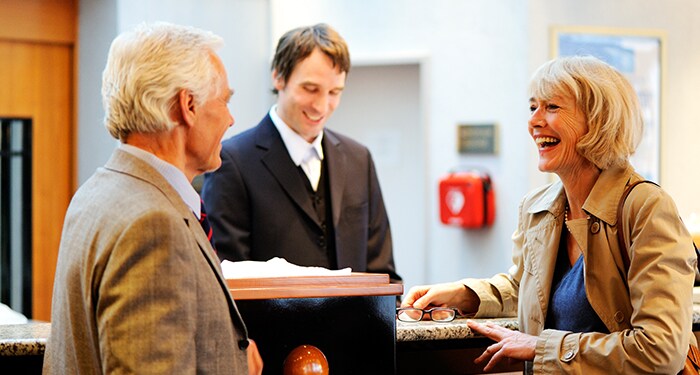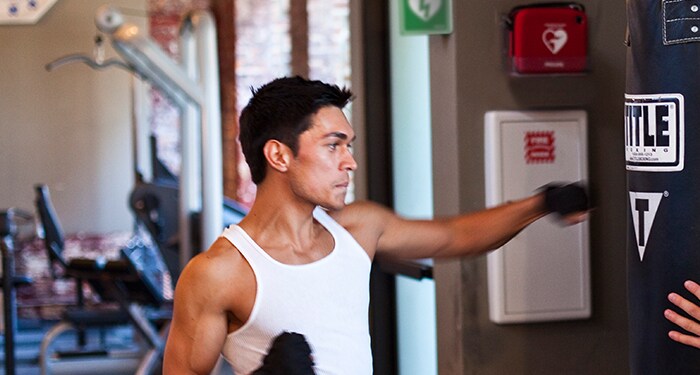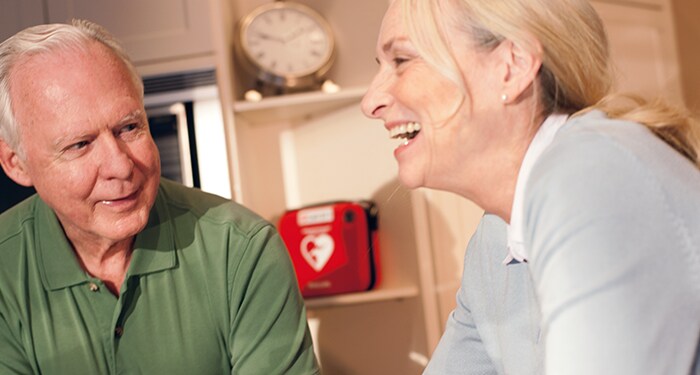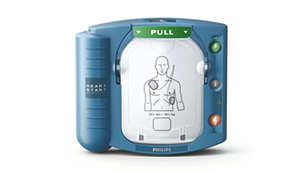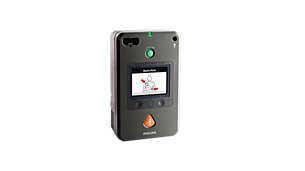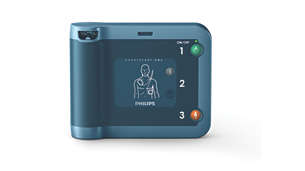Life Guidance guides you through a cardiac emergency
As a leader in medical devices with a long history in cardiac care, we understand what you need in a cardiac emergency. You must react fast. You need easy-to-use equipment and the confidence to carry out the necessary steps.
With this in mind, we designed Philips AEDs with Life Guidance, a simple step-by-step process designed to help you act confidently and decisively.
Our AEDs help keep you on track and guide you through the rescue process.
You get the correct therapy every time.
Philips AED solutions with Life Guidance help give you the confidence to act quickly and decisively, and lead the way to save a life
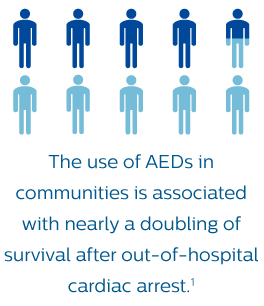
Save time. Save lives
Quick Shock reduces the critical time from CPR to shock
Studies have shown that CPR is even more beneficial to sudden cardiac arrest (SCA) patients than previously realized.¹,² CPR increases the probability of shock success but that beneficial effect disappears rapidly when CPR is stopped.
Quick Shock reduces the interruption time from CPR to shock. This makes Philips AEDs among the fastest in class at delivering treatment after CPR, typically in just eight seconds.
And according to the American Heart Association Guidelines 2010, “Shortening the interval between the last compression and the shock by even a few seconds can improve shock success.³
Philips AEDs help you act quickly and correctly

SMART Pads
SMART Pads detect the rescuer’s initial touch and guide the AED to adapt the instructions to the precise pace of the responder. The voice prompts won’t overwhelm, run ahead of you, or slow you down.

SMART Analysis
SMART analysis automatically assesses the victim’s heart rhythm. Whether the victim is a man, woman, or child, it delivers the right amount of therapy and only if it is needed. Even if you press the shock button, it will only deliver therapy if the rhythm is determined to be shockable.
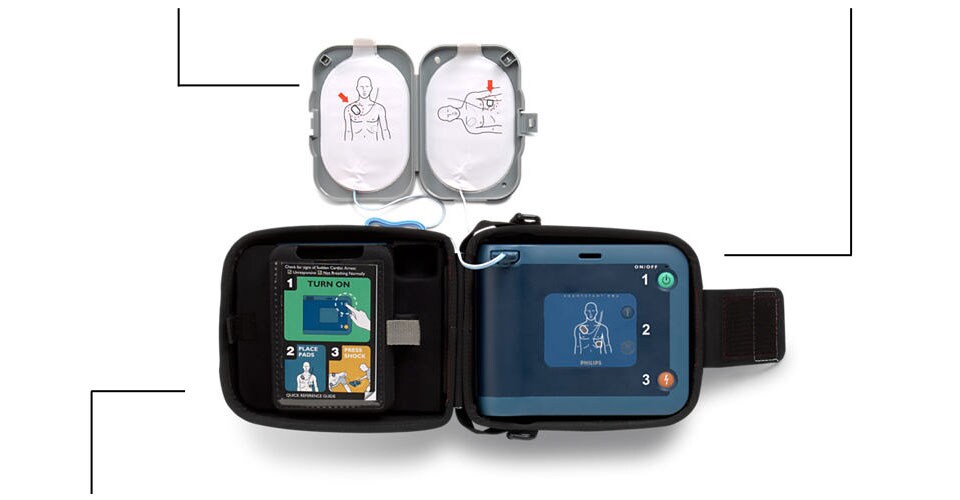

Life Guidance
Life Guidance acts as your personal coach to guide you through a cardiac emergency with a simple step-by-step process, including detailed CPR coaching. If needed, the prompts will automatically be repeated or rephrased, and may include additional instructions to help you understand.
Where will you find Philips AED’s?
More Philips AED’s are sold than any other brand. They are used in schools, businesses, airports, and sports, government, and healthcare facilities all over the world.
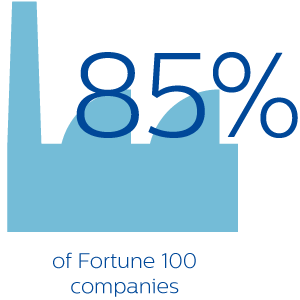
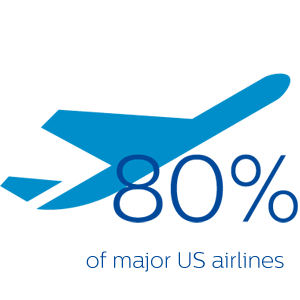
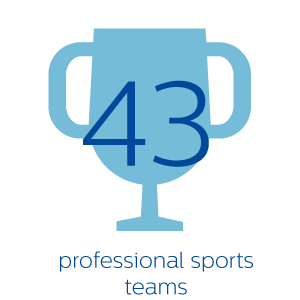
Personalized therapy. Enhanced care.
High current with low energy delivers the right shock every time.
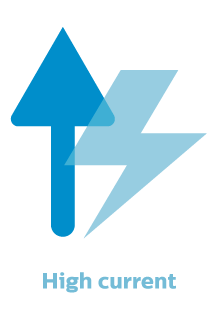
The two most common ways to talk about AED shock strength are by current (measured in amps) and energy (measured in joules).
It is a common assumption that energy is the most important measurement but that is incorrect. You defibrillate a heart by driving current through it.
HeartStart AEDs are designed to deliver high current in their low-energy shocks to maximize effectiveness, from the very first shock dose.
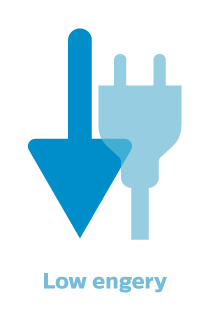
Learn more about AED products and solution
-
HeartStart HS1
Designed for the ordinary person in the extraordinary moment, Philips HeartStart HS1 AED is ready to act and virtually ready to go. It allows anyone with little or no training to treat the most common cause of suspected sudden cardiac arrest (SCA) by delivering a shock quickly and effectively, wherever SCA happens. The HS1 AED provides practically real-time guidance through step-by-step voice commands from pad placement to performing CPR. When every minute counts, Philips HeartStart HS1 AED is the partner by your side. Side by side. Step by step.
M5066A -
HeartStart FR3
The HeartStart FR3 is Philips best professional-grade AED with advanced features for the professional responder.
861388 -
HeartStart FRx
The Philips HeartStart FRx defibrillator features intuitive, step-by-step voice instructions, including CPR guidance, and an audible metronome to help guide basic life support (BLS) responders while treating a suspected sudden cardiac arrest (SCA) Pre-connected SMART Pads II can be used for both adults and children. Rugged, lightweight and reliable, it can withstand rough handling and extreme temperatures. When every minute counts, Philips HeartStart FRx is the partner by your side. Side by side. Step by step.
861304
1. USA KOL Johns Hopkins University Dr. Weidfeldt, Survival After Application of Automatic External Defibrillators Before Arrival of the Emergency Medical System: Evaluation in the Resuscitation Outcomes Consortium Population of 21 Million, 2010
1. Cobb LA, Fahrenbruch CE,Walsh TR, et al. Influence of Cardiopulmonary Resuscitation Prior to Defibrillation in Patients with Out-of-Hospital Ventricular Fibrillation. JAMA. 1999 Apr 7; 281(13):1182-8.
2. Wik L, Hansen TB, Fylling F, et al. Delaying Defibrillation to Give Basic Cardiopulmonary Resuscitation to Patients With Out-of-Hospital Ventricular Fibrillation:A Randomized Trial. JAMA. 2003 Mar 19; 289(11):1389-95.
3. 2010 American Heart Association Guidelines for Cardiopulmonary Resuscitation and Emergency Cardiovascular Care. Supplement to Circulation 2010; 122(18) Supplement 3: S706-19.
